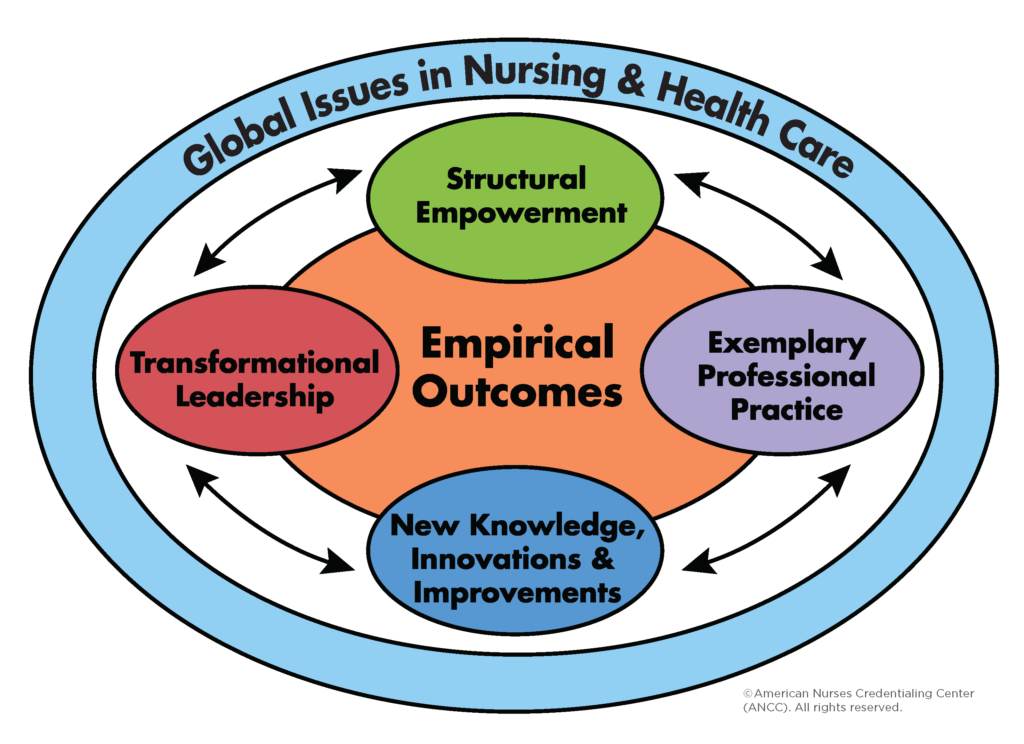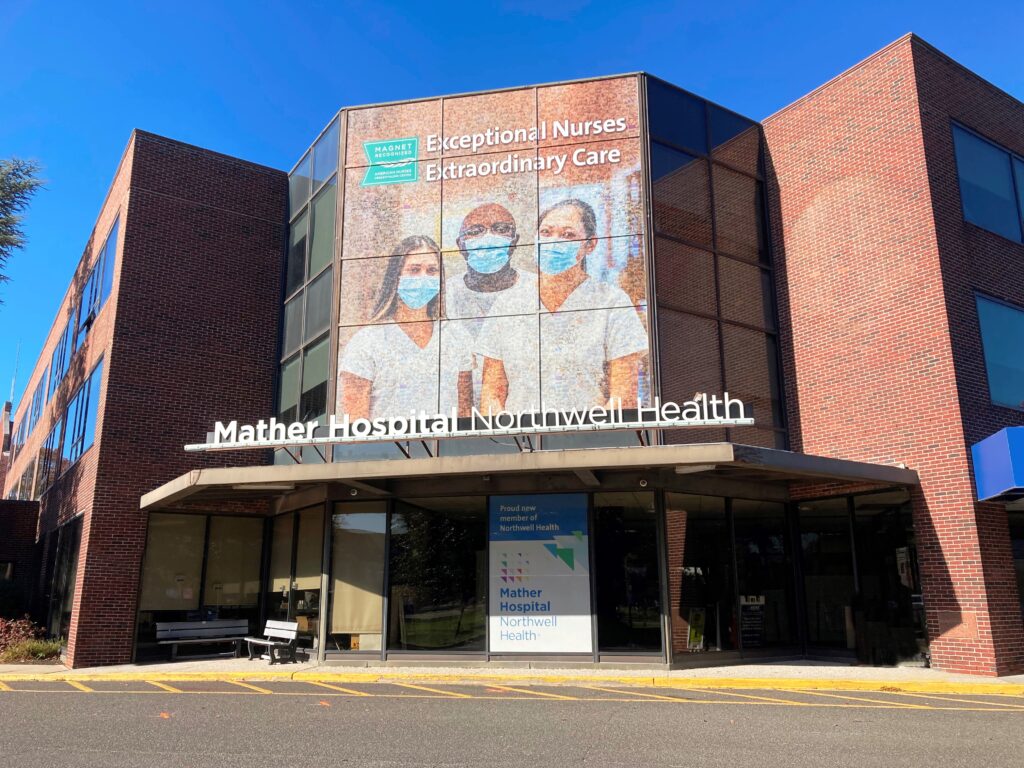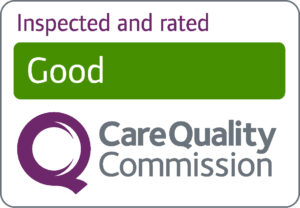Since 2020 we have been involved in the Magnet4Europe project [LINK to MAGNET4EUROPE – Home]. Magnet ® is an American nursing accreditation scheme (developed by the American Nursing Credentialing Centre). Many studies have shown that Magnet®-recognized hospitals have lower health professional burnout, better recruitment and retention rates and safer patient care, suggesting that the Magnet® journey is an intervention that results in positive changes, ones which the Magnet4Europe study seeks to achieve.
 Participating hospitals from 6 European Countries (including our Trust), have started work to replicate the US model over the four years of the project; we are aiming to cultivate a climate with a focus on excellence in staff well-being and ensure our individual organisational goals identify closely with our colleagues, and patients’ needs. We are one of 11 UK hospitals taking part in the project.
Participating hospitals from 6 European Countries (including our Trust), have started work to replicate the US model over the four years of the project; we are aiming to cultivate a climate with a focus on excellence in staff well-being and ensure our individual organisational goals identify closely with our colleagues, and patients’ needs. We are one of 11 UK hospitals taking part in the project.
The study seeks to test whether the same benefits are seen in European hospitals when Magnet® principles are adopted. The Magnet® model has a strong focus on leadership, empowerment, innovation, and excellent practice. The principles also ensure that nursing & midwifery outcomes are measured effectively so we can highlight best practice and are well informed when changes need to be made. The components of the Magnet® model as set out in the illustration below.
Research has shown many positive outcomes for patients and nurses when Magnet® principles are used within a hospital environment. Much of the research to date has been undertaken in the United States of America. The Magnet4Europe study has the following aims:
- To test the feasibility and sustainability of the Magnet Model® for organizational redesign in the context of health care in Europe.
- To redesign hospital workplaces to improve the mental health and well-being of nurses and physicians and to improve patient safety.
- For participating hospitals to receive a full-blown redesign of their workplaces– supported by one-to-one twinning with an experienced Magnet® recognized hospital and regular learning collaboratives.
Previous research points to specific features of complex organizations that if modified can significantly improve the wellbeing of health professionals and patients alike. Magnet4Europe will translate these research findings into practice to expedite workplace redesign in hospitals and other healthcare settings.
BTHFT have been partnered with a US Magnet® designated hospital for the duration of the Magnet4Europe project. Mather Hospital in Long Island, New York, has a long and successful history of implementing Magnet® principles in their hospital. We are privileged to have the support of Mather hospital, and their parent company Northwell Health, as we embed the Magnet® principles within BTHFT through the Nursing & Midwifery strategy.
As a Trust, we have strong links with other health and social care providers. We are a key provider in Act as One and an integral member of the West Yorkshire and Harrogate Health & Care Partnership. We have strong relationships with local Universities through our research at the Bradford Institute of Health Research and through our Education team. However, there is more we can do more to support clinical nurses and midwives to become involved with our partnerships. We are working on several initiatives to further develop these links and highlight the opportunities available to our nursing and midwifery staff.
The Professional Nurse Advocate (PNA) role was developed in response to the Covid-19 pandemic. PNAs are registered nurses who support other nurses in a confidential setting. There are four main responsibilities of the PNA. They give restorative clinical supervision; this means that they give nurses an opportunity to reflect on their practice and speak about challenges. They support nurses to think about their careers, signposting to new opportunities and areas for development. They can support quality improvement initiatives, helping nurses to make change. They also have to monitor and evaluate their impact, and support other nurses to evaluate their work. We are implementing PNAs within the Trust so that by 2025 all Registered Nurses should have access to a PNA.
Professional Nurse Midwifery Advocates (PMAs) were implemented in 2017 and replaced a clinical supervision model that existed in midwifery for a number of years. PMAs use the same support model as Professional Nurse Advocates, but the reporting element is different.
The PMA and PNA roles are essential in helping us meet our strategy’s aims and invest time in nurses and midwives, providing opportunity for individuals to focus on their professional practice away from their usual place of work.

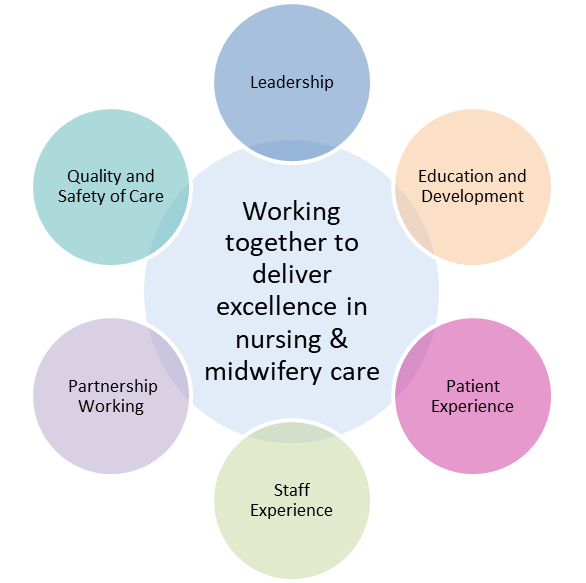
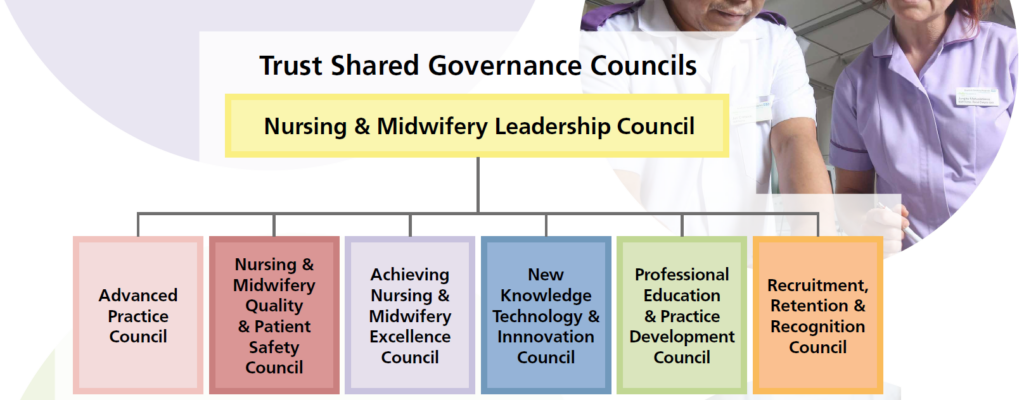


 Participating hospitals from 6 European Countries (including our Trust), have started work to replicate the US model over the four years of the project; we are aiming to cultivate a climate with a focus on excellence in staff well-being and ensure our individual organisational goals identify closely with our colleagues, and patients’ needs. We are one of 11 UK hospitals taking part in the project.
Participating hospitals from 6 European Countries (including our Trust), have started work to replicate the US model over the four years of the project; we are aiming to cultivate a climate with a focus on excellence in staff well-being and ensure our individual organisational goals identify closely with our colleagues, and patients’ needs. We are one of 11 UK hospitals taking part in the project.